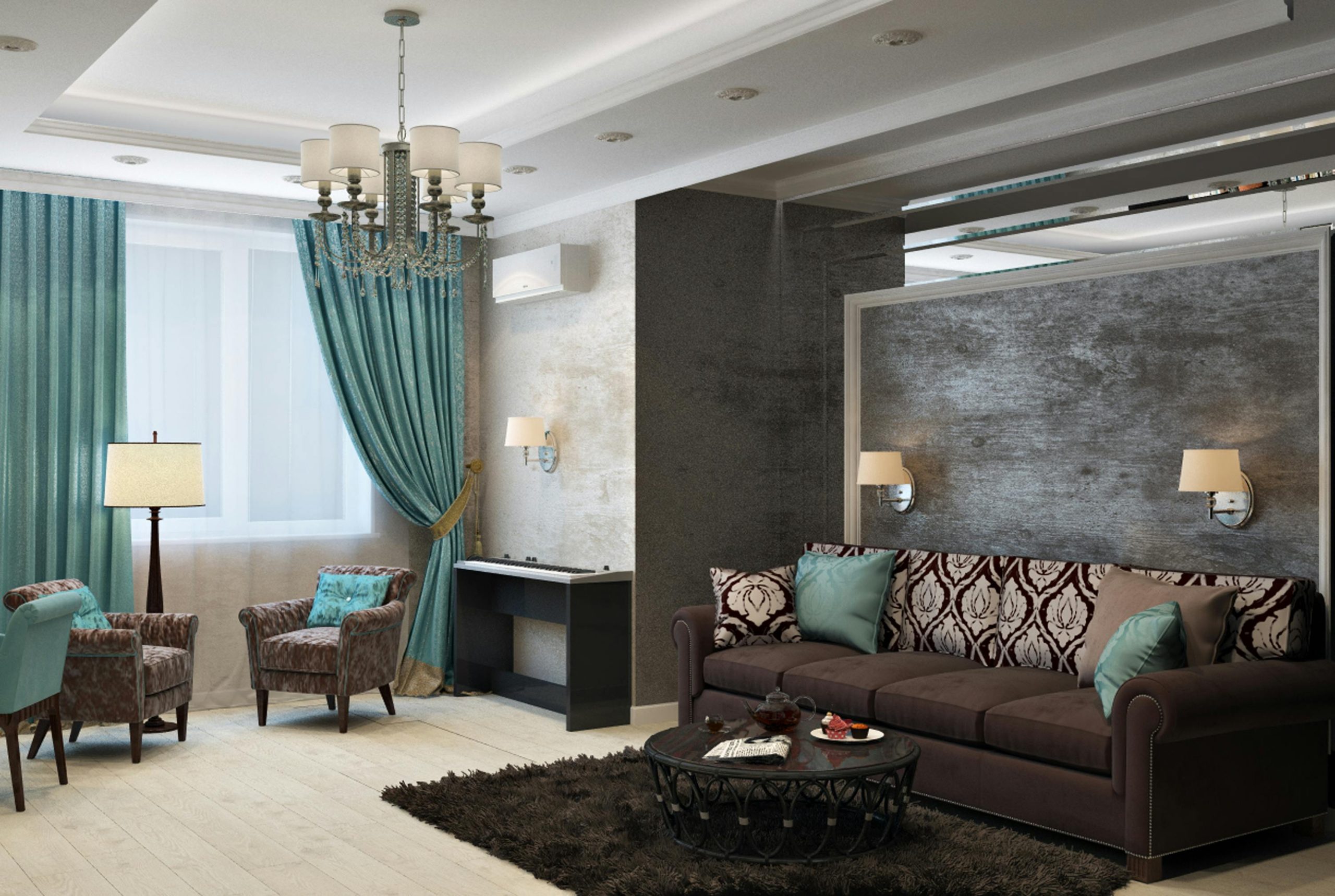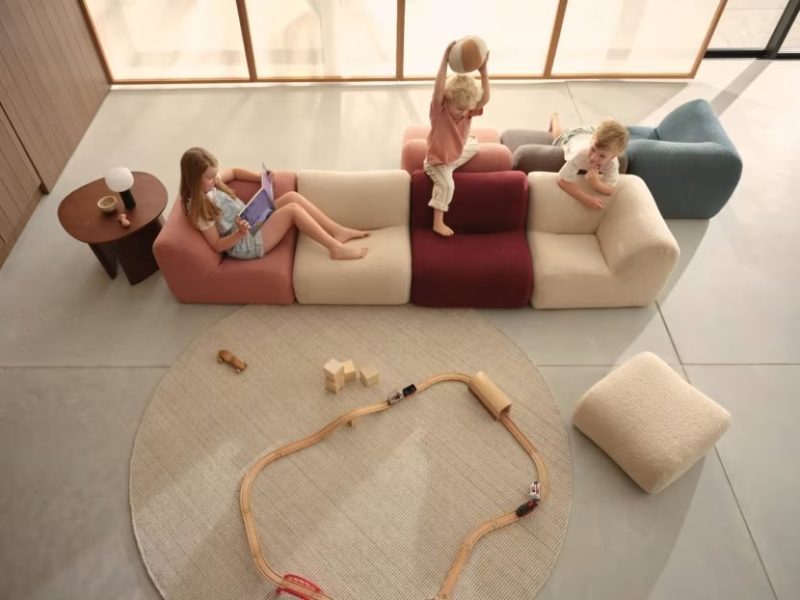In a world increasingly focused on sustainability, the furniture industry is undergoing a profound transformation. Eco-friendly luxury furniture has emerged as a compelling choice for those who seek to marry aesthetics with environmental responsibility. This shift, dubbed “eco-elegance,” represents a growing demand for high-end furniture that respects the planet while elevating the style of living spaces. This article delves into the rise of eco-friendly luxury furniture, exploring its materials, craftsmanship, and impact on both consumers and the industry.
The Intersection of Luxury and Sustainability
Historically, luxury furniture was synonymous with opulence and exclusivity, often utilizing rare and exotic materials. While these attributes remain desirable, the modern luxury consumer is equally concerned with the environmental impact of their purchases. This new wave of demand has prompted manufacturers to redefine luxury by integrating sustainability into their designs, giving birth to the concept of eco-elegance.
Eco-friendly luxury furniture embodies the philosophy that sustainability does not have to compromise style or quality. Instead, it represents a harmonious blend of ecological awareness and refined craftsmanship, offering furniture pieces that are both exquisite and conscientious.
Materials that Define Eco-Elegance
At the heart of eco-friendly luxury furniture lies the careful selection of materials. Designers and manufacturers are turning to sustainable resources that reduce environmental harm while maintaining the high standards of luxury. Here are some of the most prominent materials used:
-
Reclaimed Wood
Reclaimed wood is sourced from old structures such as barns, factories, and ships. By repurposing this material, manufacturers preserve the natural beauty of wood while reducing deforestation. -
Bamboo
Bamboo is a fast-growing plant that regenerates quickly, making it a renewable alternative to traditional hardwoods. Its strength, versatility, and sleek appearance make it ideal for luxury designs. -
Recycled Metals
Metals such as aluminum and steel are being recycled and repurposed for use in furniture. These materials retain their durability and luster while minimizing mining and processing impacts. -
Natural Fabrics
Upholstery now features organic cotton, hemp, and linen, as well as recycled fabrics. These materials are free from harmful chemicals and biodegradable, aligning with eco-conscious values. -
Eco-Friendly Finishes
Finishes and adhesives made from non-toxic, water-based substances are replacing their chemical-heavy counterparts, ensuring that the production process is as sustainable as the materials themselves.
Sustainable Craftsmanship
Eco-friendly luxury furniture is not just about materials; it also emphasizes craftsmanship. Many manufacturers are reviving artisanal techniques that prioritize quality and longevity over mass production. By investing in skilled craftsmanship, these pieces are built to last, reducing the waste associated with disposable furniture.
Artisans often incorporate local traditions and techniques, further reducing the carbon footprint by minimizing transportation needs. Additionally, sustainable craftsmanship often involves a high degree of customization, allowing consumers to own unique, tailor-made pieces that reflect their personal style.
The Role of Technology in Eco-Friendly Furniture Design
Innovation plays a pivotal role in the rise of eco-friendly luxury furniture. Designers are leveraging advanced technologies to optimize production processes and create sustainable alternatives to traditional methods. For instance:
- 3D Printing: This technology enables precise and waste-free manufacturing, allowing for intricate designs with minimal material use.
- Digital Prototyping: Digital tools reduce the need for physical prototypes, conserving resources and energy.
- Circular Design Principles: Using a cradle-to-cradle approach, furniture is designed to be disassembled and recycled at the end of its lifecycle, promoting a circular economy.
The Appeal of Eco-Friendly Luxury Furniture to Consumers
Modern consumers, particularly Millennials and Gen Z, are driving the demand for eco-friendly luxury furniture. These generations are highly aware of environmental issues and seek products that align with their values. Eco-elegance appeals to this demographic by offering the following benefits:
-
Conscious Consumerism
Buying sustainable furniture allows consumers to contribute to environmental conservation while enjoying premium designs. -
Healthier Living Spaces
Eco-friendly furniture is free from harmful chemicals, improving indoor air quality and promoting healthier living environments. -
Aesthetic Uniqueness
The use of reclaimed and natural materials often results in one-of-a-kind designs, adding character and exclusivity to spaces. -
Social Impact
Many eco-friendly manufacturers partner with local communities, creating job opportunities and preserving traditional crafts.
Challenges in the Industry
Despite its growing popularity, the eco-friendly luxury furniture industry faces several challenges:
- High Production Costs: Sourcing sustainable materials and employing skilled artisans often leads to higher costs, making these pieces less accessible to a broader audience.
- Limited Awareness: Many consumers are unaware of the environmental impact of traditional furniture or the availability of sustainable alternatives.
- Greenwashing: Some brands falsely market their products as eco-friendly, undermining the integrity of genuine efforts.
Addressing these challenges requires greater transparency, education, and collaboration among industry stakeholders.
Innovations and Future Trends
The future of eco-friendly luxury furniture is bright, with several trends expected to shape the industry in the coming years:
-
Biophilic Design
Incorporating elements of nature into furniture designs will remain a significant trend, promoting well-being and a connection to the environment. -
Smart Sustainability
Furniture integrated with technology, such as energy-efficient lighting or solar charging stations, will combine sustainability with modern functionality. -
Upcycling
Transforming waste materials into high-end furniture pieces will gain traction, showcasing the potential of discarded resources. -
Collaborations with Artists
Partnerships between designers and artists will produce limited-edition pieces that highlight sustainability as an art form.
The Industry’s Impact on the Environment
Eco-friendly luxury furniture has the potential to make a significant positive impact on the environment. By reducing reliance on virgin resources, minimizing waste, and promoting longevity, this industry challenges the throwaway culture that dominates traditional furniture production. Additionally, the focus on renewable energy and low-impact manufacturing techniques further reduces the carbon footprint associated with these products.
Conclusion
Eco-elegance represents the future of luxury furniture, blending environmental consciousness with unparalleled design and craftsmanship. As consumers become more attuned to sustainability, the demand for eco-friendly luxury furniture is set to grow, encouraging manufacturers to innovate and adopt greener practices.
This rise is not just a trend; it is a movement toward a more sustainable future where luxury and responsibility coexist. Whether it’s through reclaimed wood dining tables, bamboo chairs, or recycled metal light fixtures, eco-friendly luxury furniture offers an opportunity to create beautiful, sustainable spaces without compromising on quality or style. For design aficionados, embracing eco-elegance is not just a choice but a statement—one that reflects a commitment to the planet and a refined sense of aesthetics.
By investing in these pieces, consumers not only enrich their homes but also contribute to a global shift towards sustainability. As eco-elegance continues to evolve, it paves the way for a future where luxury aligns seamlessly with the needs of the Earth, proving that mindful living and sophisticated design are not mutually exclusive but inherently complementary.







